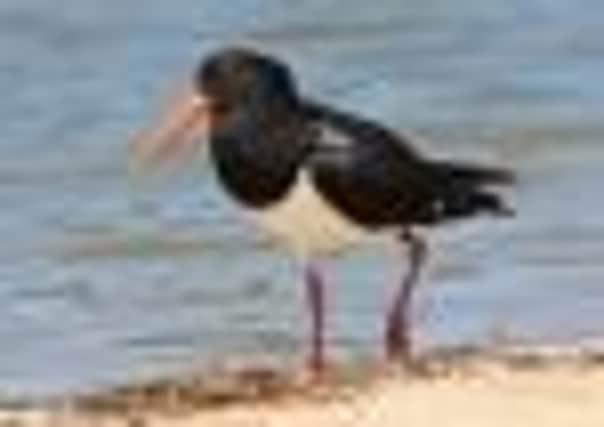Oystercatchers at lowest number in Scotland for 25 years


Latest statistics revealed that there were just 21,000 oystercatchers in the Solway estuary - a key international reserve for the waders.
The figures from the latest annual Wetland Bird Survey, for 2010/11, are the smallest recorded population of the distinctive black and white birds for 25 years.
Advertisement
Hide AdAdvertisement
Hide AdThe results surprised experts because that year brought one of the harshest winters across Europe for decades, so more birds were expected to winter in the UK to avoid even colder temperatures on the continent. It is thought that conditions in Scotland were also so cold that many of the birds flew further south to Morecambe Bay in the northwest of England, where a rise in numbers was recorded.
Chas Holt, who compiled the report from a count done by hundreds of volunteers for the British Trust for Ornithology, said: “Scotland has shown quite a marked decline in oystercatchers over recent years and this survey found that numbers are now down to 21,000 from an average of 28,000 over the past five years.
“They are very sensitive to cold conditions and it could be that the weather was that little bit harsher further north so they flew on to Morecambe Bay, where numbers have risen to their highest levels of over 80,000 from 65,000.”
The birds come from breeding areas as far away as Greenland and Siberia to winter in Scotland’s estuaries and other wetlands.
Solway is the second most important site for oystercatchers in the UK, after Morecambe Bay.
The severe conditions experienced over the winter of 2010/11 also had a noticeable effect on other migratory waterbirds with significant rises in numbers of European white-fronted geese, mallards, teals and lapwings, which had been falling in numbers in previous years.
The BTO said more research was needed to understand the problems being faced by the birds.